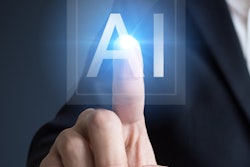Missed fractures constitute a common diagnostic error in emergency departments, and the model could be a valuable artificial intelligence (AI) tool for physicians, they suggest.
A group in Cleveland, Ohio, previously developed the deep-learning algorithm to detect fractures using 132,000 appendicular skeleton radiographs from multiple institutions across nine countries. To evaluate the algorithm, they conducted a multireader retrospective study in which 24 readers (eight each of emergency physicians, non-musculoskeletal (MSK) radiologists, and MSK radiologists) were asked to identify fractures in 186 cases during two independent sessions with and without assistance from the deep-learning tool.
Physician fracture detection performance improved from an area under the curve of 0.846 to 0.893 with the AI aid. Sensitivity was significantly improved from 86.5% to 95.5%, while specificity was 83.1% with the software and 82.6% without it. That performance difference was noninferior, however.
In addition, average reading time was shortened by 7.1 seconds (27%) per exam with the deep-learning algorithm. When stratified by physician type, this change was emphasized for emergency physicians and non-MSK radiologists, according to the researchers.
“The [deep-learning] tool demonstrated high stand-alone accuracy, aided physician diagnostic accuracy, and decreased interpretation time,” said resident Dr. Tianyuan Fu, who will present the results. “There was no loss in specificity.”



















